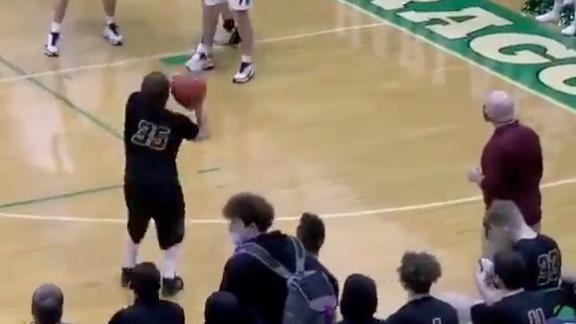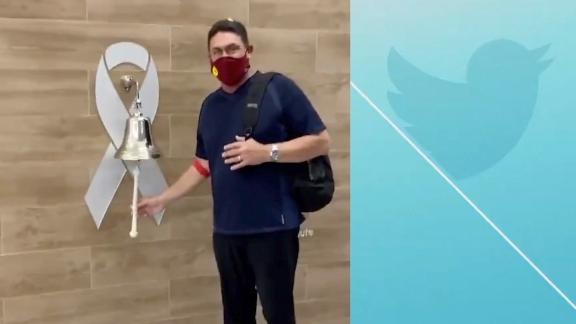In March I wrote a column about the best "Dark Side" baseball prop bets available on the boards around the Internet world. You may remember that this was an idea inspired by an appearance I made on Mr. Bill Simmons' podcast. We had been discussing A-Rod as a potential home run king (at 28-1 odds) and I commented that rooting for him would be like going to the dark side. Bill said, "That's a column. Dark side bets." He has a pretty good track record. So I agreed.
In fact, it turned out to be a blast to research because it forced me to get creative with my predictions. That's a concept you don't hear a lot about in the betting conversation. Getting creative is for novelists or artists or lawyers trying to negotiate a lockout settlement. But in fact, being creative is a vital component of any wiseguy's success. In the late '90s, when I was researching "The Odds," I spent time with a gambler named Dave Malinsky. He's a pretty sharp tack who started publishing his first handicapping guide, The Gridiron Report, before his 21st birthday. He likes to dabble in all the styles of handicapping, from fundamental to system-based to good old-fashioned power ratings. But mostly, especially on college football Saturdays back in the day, he liked to put on a pot of chili, glue the remote to his hand and, as he used to day, "get creative with making numbers."
This requires thinking abstractly, finding the dark corners no one else would think to look in -- or dare to go. These days, when it comes to gambling, technology and access to information have made it infinitely easier to get creative. A couple of weeks ago I interviewed a 23-year-old financial analyst named Jason Weingarten. Back in the fall he had read my story in The Mag about the Buckeye Database -- which is filled with betting stats going back 30 years -- that top wiseguys like Dr. Bob and Sal Selvaggio and Big Al McMordie use. It cost each of them five figures to buy, but it's given them an advantage by allowing them to -- all together now -- get creative when searching for scenarios or building formulas.
It took the Buckeye Database creators three years and tens of thousands of dollars to build the program and input all the data. After reading my story in The Mag, Jason, who majored in history at UC-Irvine, and a buddy who majored in computer science built an advanced replica of the database online. It took them a month, using a web-based platform and paying a few hundred bucks to have someone scrape the Internet for decades of spreads, totals and scores. Three years and tens of thousands versus four weeks and a few hundred bucks. I've tested Jason's tool, called Spreadapedia, and it's cool, but they're not ready to let the public have at it yet. My point is, getting creative has -- all together now -- never been easier!
The democratization of access also means something else: With everyone getting creative, you have to be even more creative if you want to find any value, like Lohan trying to outsmart her ankle monitor. And that brings me back around to the Dark Side bet. It forced me to think beyond the hype -- remember how Adam Dunn was getting all the action as this year's home run king -- and find ways to give you, my dear, degenerate reader, better opportunities.
So now that we are the midway point in the season, it's only fair to ask: How did I do on my Dark Side bet predictions? Remember, I was looking for the best value on players we love to root against. Let's break it down:
Home Run King
A-Rod, 28-1




